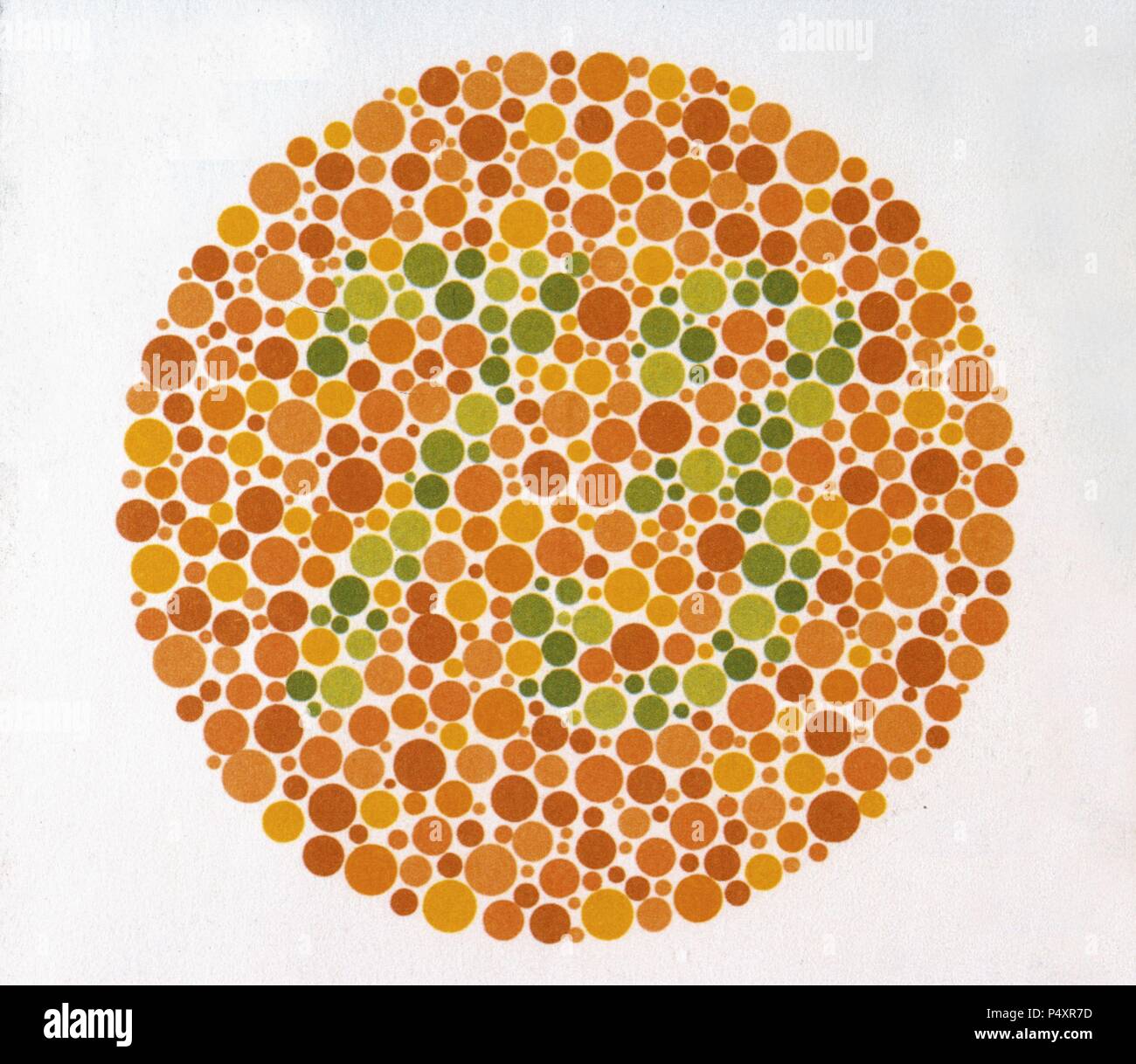
The Ishihara Color Test. Color perception test for redgreen color
An ophthalmologist may test for color blindness to help diagnose the problem. The doctor may start with an Ishihara screening test and, if that's positive, move to more sophisticated testing. Many versions of the Ishihara color blindness test have been produced. This example has lines that the person being tested can trace.

ishihara eye chart pdf
This video provides a step-by-step demonstration of colour vision assessment using Ishihara plates. Read our guide alongside the video here: https://geekymed.

Ishihara test Wikipedia
SHINOBU ISHIHARA M.D., Dr.Med. Sc. Professor Emeritus of the University of Tokyo Member of the Japan Academy Concise Edition KANEHARA & CO., LTD. TOKYO · JAPAN Introduction This series of plates is designed to provide a test which gives a quick and accurate assessment of color vision deficiency of congenital origin.
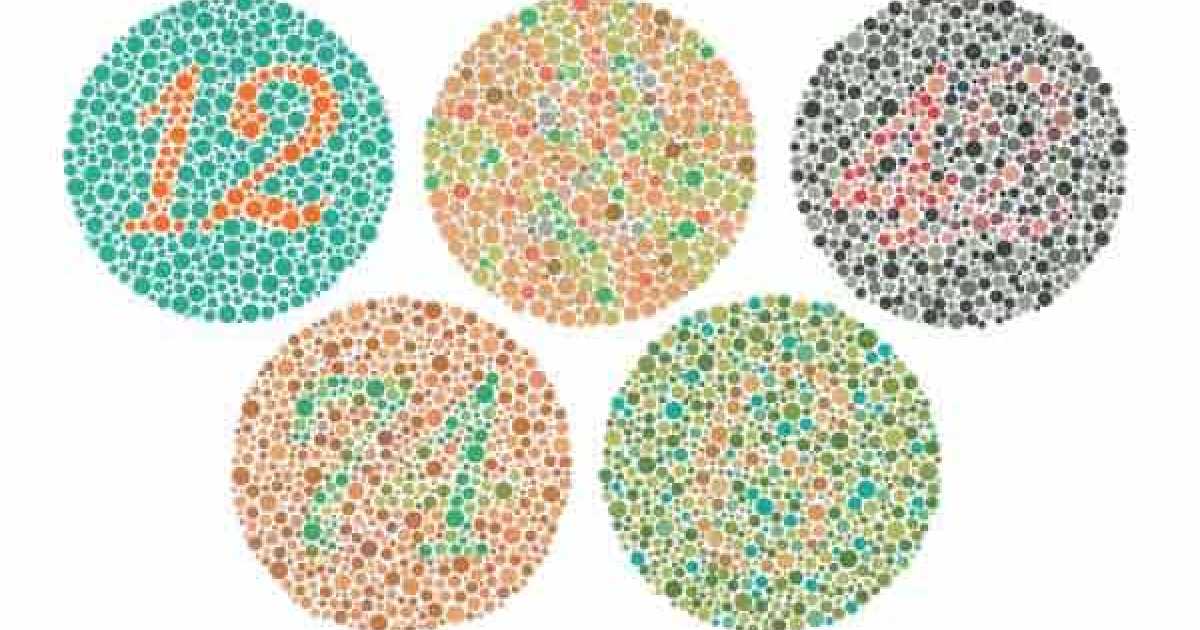
Color Blindness Ishihara Vision Testing Charts Optometry Color
Download scientific diagram | Interpretation of Ishihara's plates test from publication: Assessment of color vision among health science students | The synergistic and harmonic functions of retina.

Interpretation of Ishihara's plates test Download Scientific Diagram
The Ishihara plates are widely used as a test for colour vision. Originally designed for the purpose of detecting congenital red-green colour blindness, the test also has some value in demonstrating acquired colour vision defects. There are, however, several disadvantages in the present arrangement of the plates. A modification of the test, involving the rearrangement of the order of the.

Ishihara chart Testing and Interpretation YouTube
Ishihara chart Testing and Interpretation The video talks about the color blind testing using the pseudoisochromatic plates. The most important of these is the ISHIHARA CHART TESTING. the.
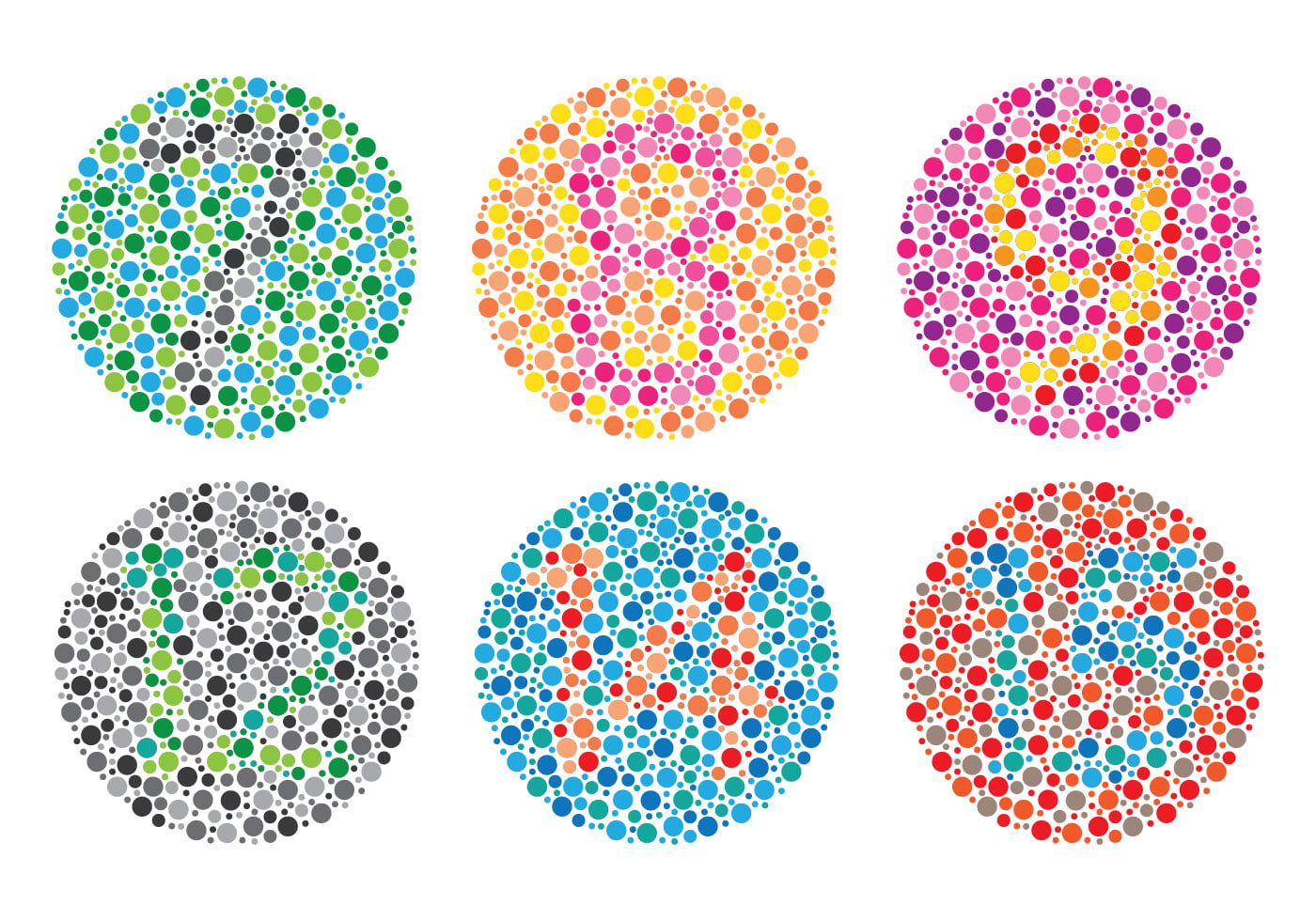
O que é o teste de Ishihara? Qual a sua precisão? Dr. Marcelo Vilar
The Ishihara test is a color vision test for detection of red-green color deficiencies. It was named after its designer, Shinobu Ishihara, a professor at the University of Tokyo, who first published his tests in 1917. [2] The test consists of a number of Ishihara plates, which are a type of pseudoisochromatic plate.

Extended ishihara color blindness test Royalty Free Vector
Shinobu Ishihara, MD, (d. 1963) was an army opthamologist in Tokyo, Japan. He was also the chairman of the ophthalmology department at the Imperial University of Tokyo. Dr. Ishihara's research interests included isochromatic vision and myopia. Have feedback about this calculator? The Color Vision Screening (Ishihara Test) assesses red-green.

How does Ishihara test work? IrisTech
The Ishihara test is the most widely used test for red-green color blindness. It was created by Dr. Shinobu Ishihara almost 100 years ago. It consists of a set of 38 color-dotted plates (called Ishihara plates) that contain either a number or a path-shaped design. The test includes the following four types of plates.
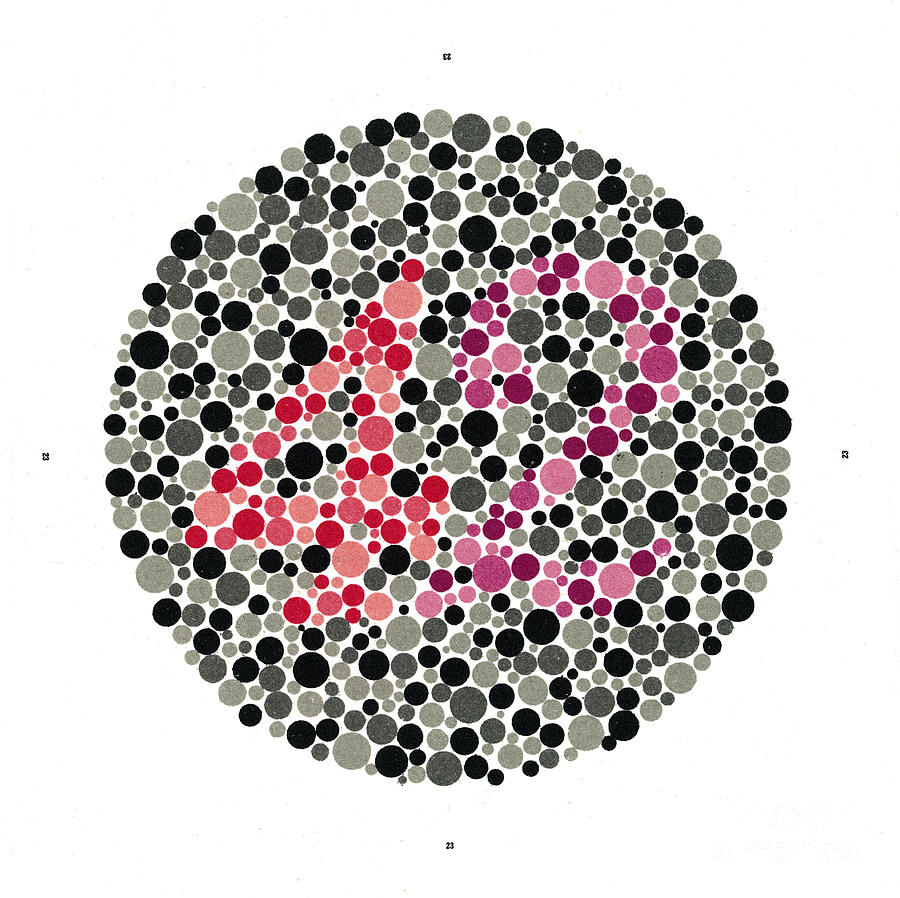
Ishihara Color Blindness Test Photograph by Images Pixels
Sep 09, 2020 Understanding Ishihara's Test for Color Deficiency by Archetype Themes Collaborator Colorblindness occurs in roughly 1 in 12 men and 1 in 200 women. Color deficiencies often pass down from our parents, rather than developing over time.
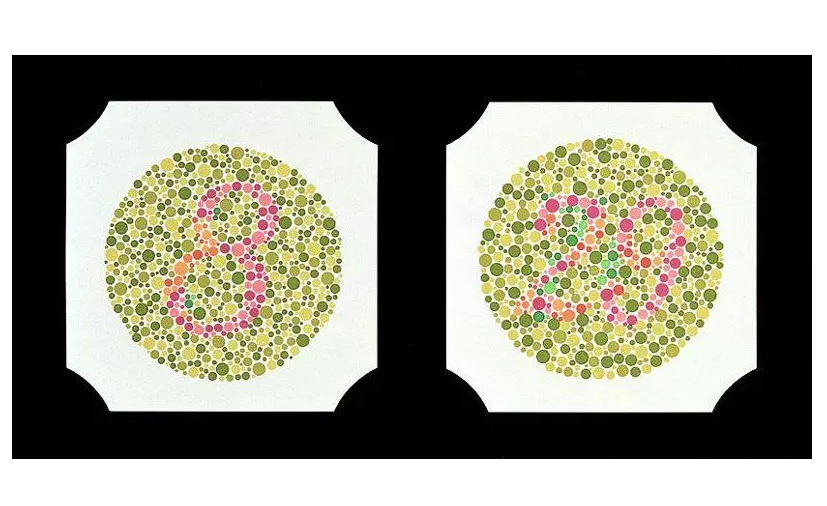
Color vision test Ishihara (24 plates) Color Vision Tests Screening
The Ishihara test was designated as the official test for this purpose, and after this the test achieved widespread use within Japan. Since then Ishihara's charts have been used throughout the world and are now the commonest screening test for colour vision anomalies. How to ensure reliable results
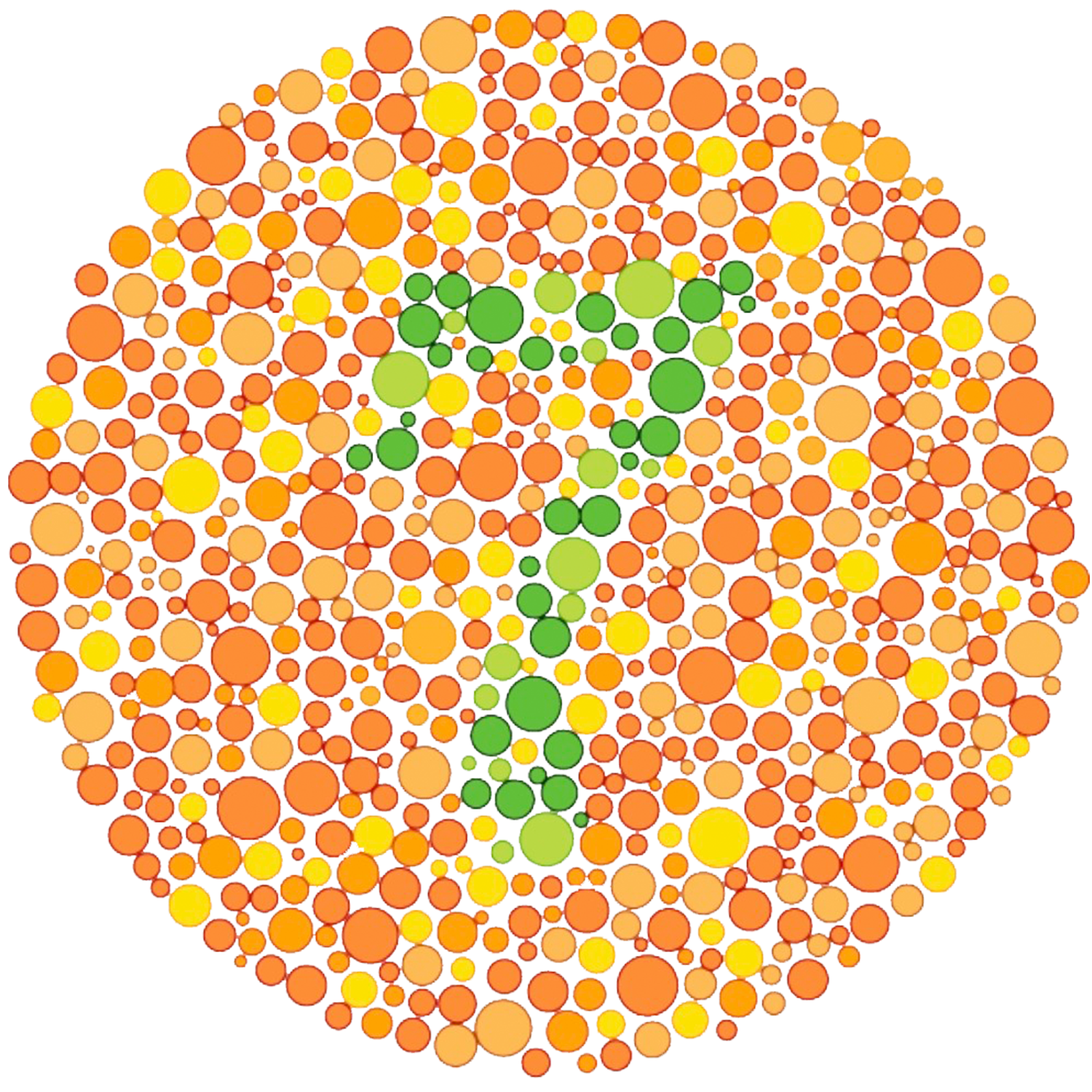
Color Vision Screening (Ishihara Test) MDCalc
A color vision test, also known as the Ishihara color test, measures your ability to tell the difference among colors. If you don't pass this test, you may have poor color vision, or your.
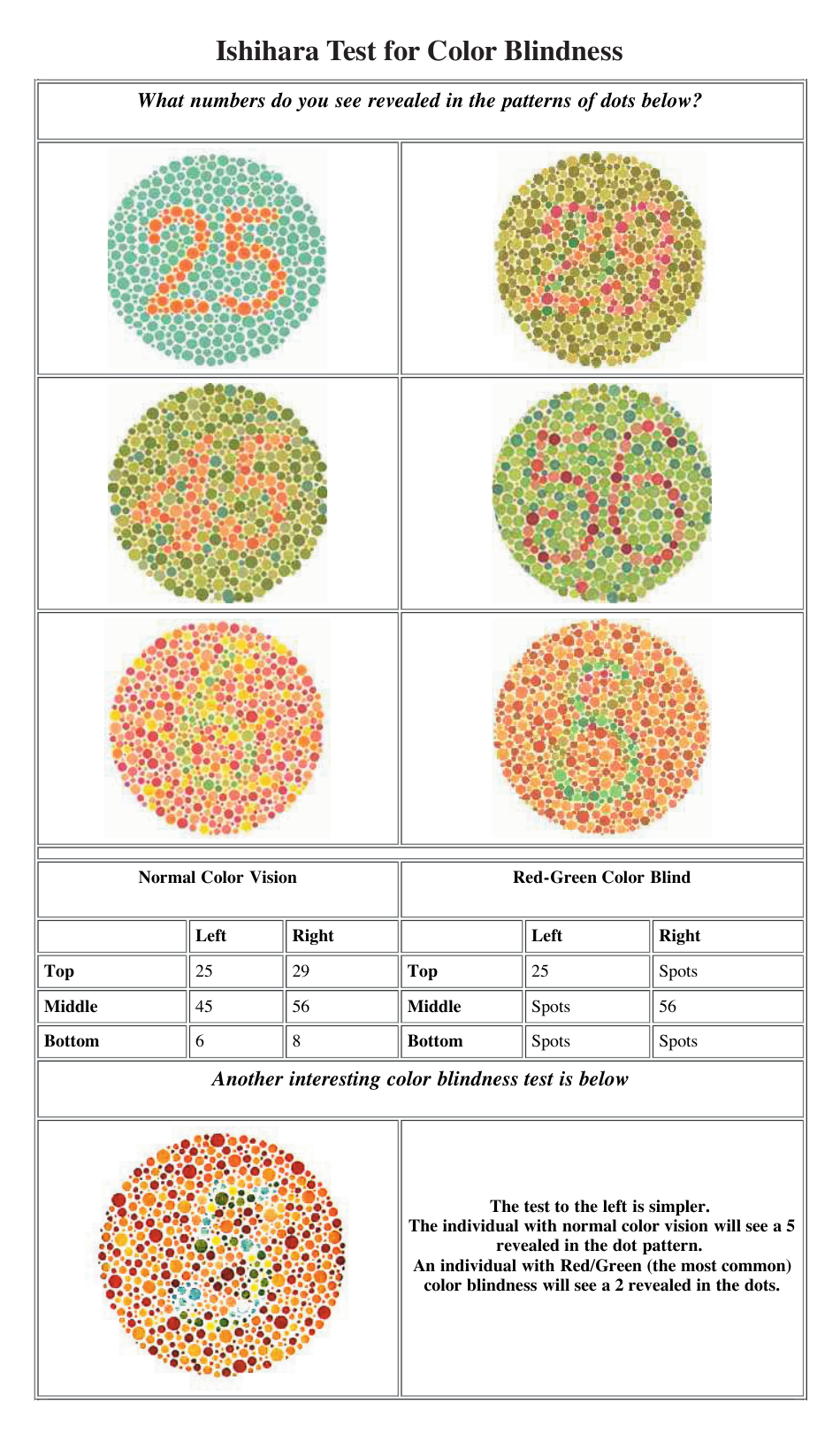
Ishihara Test for Color Blindness Chart Download Printable PDF
Description: Ishihara Tests for Color Deficiency provide a quick and accurate assessment of congenital color blindness, the most common form. The Ishihara charts distinguish between total color blindness and strong and mild forms of both protan and deutan color defects. A guide to the use and interpretation of the color charts is provided in English.

Interpretation of Ishihara's plates test Download Scientific Diagram
Table 1: Interpretation of the standard Ishihara plates. Adapted from: Ishihara Test for Color Blindness (colour-blindness.com) Red desaturation. Individuals with optic neuritis or optic neuropathy will endorse red desaturation on bedside examination. This is performed by having the patient view a sharp red color while alternating between.
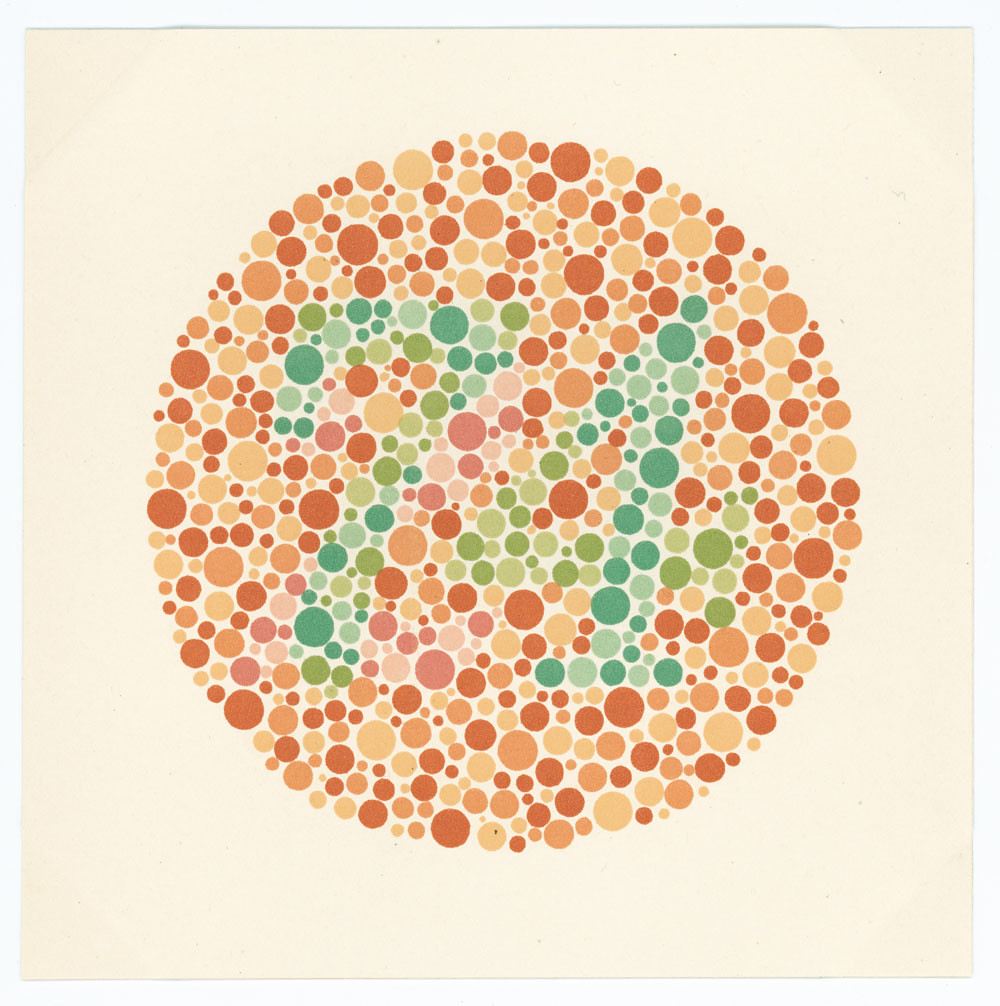
Eye Magazine Feature The test of time
This video explains how to perform and interpret Ishihara's test for colour vision deficiency. Please note, the video cannot be used to accurately screen for.
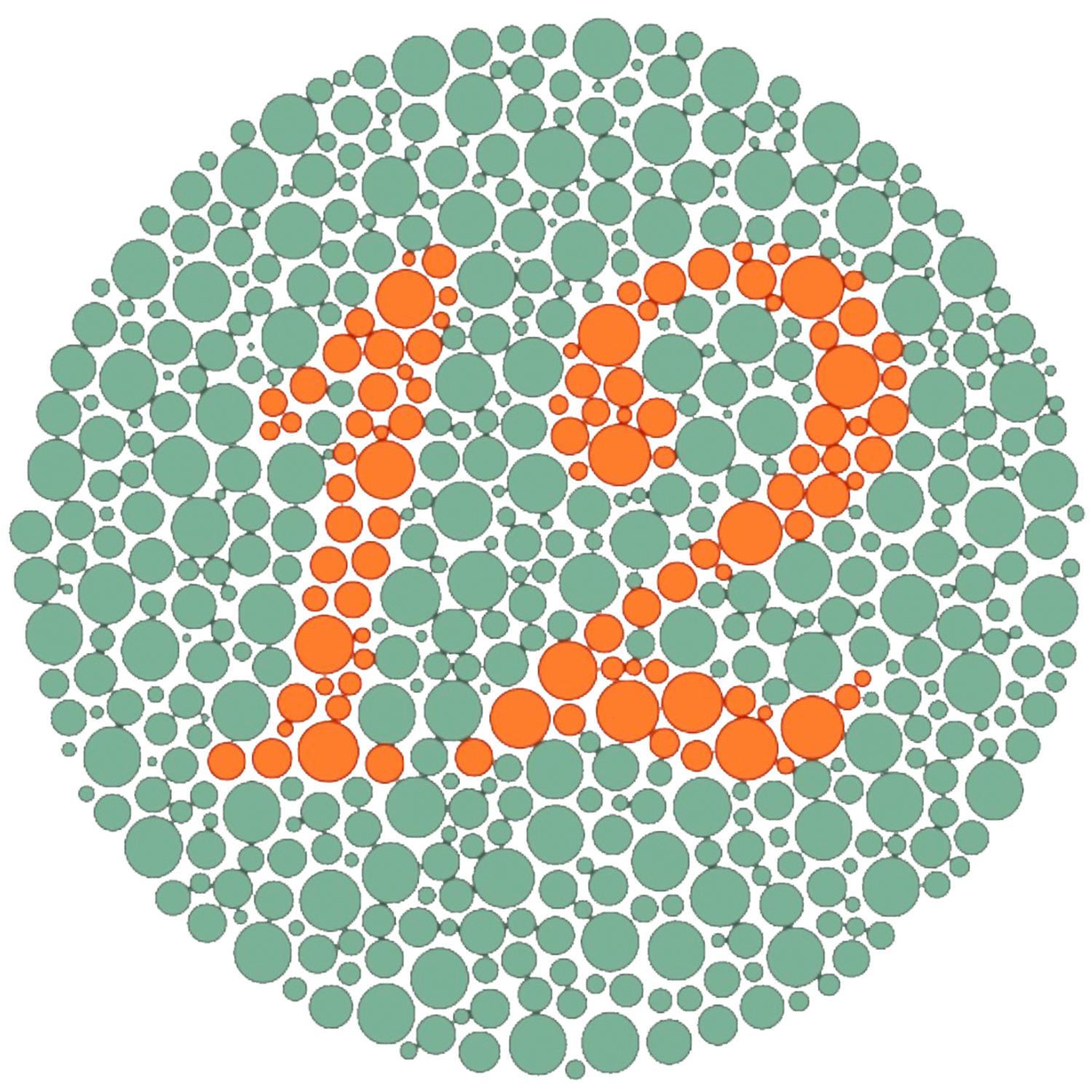
Color Vision Screening (Ishihara Test) MDCalc
The Ishihara Test is a color vision test used to detect color blindness. It was developed by Dr. Shinobu Ishihara in the early 1900s, and is now considered the most commonly used and well-known test for color vision deficiencies in the world. The Ishihara Test uses a series of plates, each depicting a number or pattern in different colors.